Your Child Will Learn
To observe the effect wind has on bubbles
Here’s What to Do
- Head outside with a bottle of blowing bubbles. Pick a starting point and put something there to mark it (a ball, a water bottle, etc.). Blow bubbles and have your child chase after them. See if your child can pop them!
- From your new location, blow bubbles and chase them again. Repeat several times, then look back to your starting location. What direction have the bubbles been moving in?
- Ask your child to describe what’s happening with the bubbles.
- Experiment with different ways of blowing bubbles (like waving your arm around instead of blowing air, or holding the bubble wand still and letting wind blow bubbles). What made the bubbles move that time?
Put PEER Into Action
PAUSE
- Ask your child, “Are you ready to chase bubbles? Let’s do it!”
ENGAGE
- “Have the bubbles been moving up or down? This way or that way? Have they been moving fast or slow?”
- “What makes the bubbles grow? What makes the bubbles move? What makes the bubbles pop?”
ENCOURAGE
- Are your bubbles breaking too quickly? Take a moment together to troubleshoot and try again.
- Is your child getting bored? Switch roles – show them to how blow the bubbles and you chase them! Take turns!
REFLECT
- Can you think of other things the wind moves?
Not Quite Ready
Play with bubbles and describe how they move using simple direction words like up/down, forward/backward.
Ready for More
Encourage your child to use descriptive words to talk about how the bubbles move.
As Your Child Masters This Skill
They will use their senses to explore how things happen.
Time to Complete
10 minutes
Materials Needed
A container of blowing bubbles with a wand
